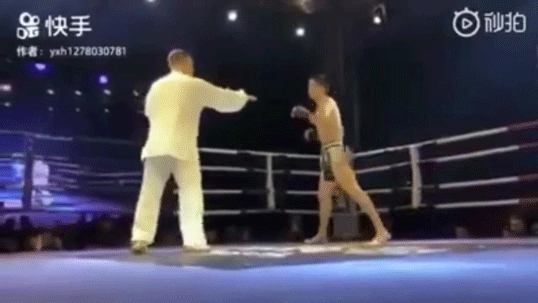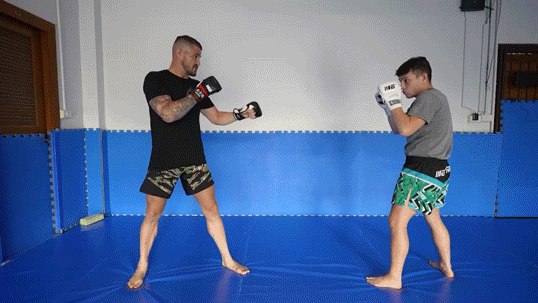OP
Taiji Rebel
Black Belt
- Joined
- May 18, 2023
- Messages
- 651
- Reaction score
- 339
- Thread Starter
- #61
Oh, okay - so this is what you understand "unarmed combat" to mean. You equate it with being in a competitive match, an organized fight. Ah, that makes sense then. Yes, it is all sport specific. If you wish to be good at fighting then it is no good doing kata or forms alone. The Kung-Fu guy against the competition fighter is the same as putting some who does Boxercise classes in with an amateur boxerThe fight lasted 7 seconds. It's not about being "out-of-shape" or "super-fit and muscled." It's about my answers to your questions and what I time stamped. Again martial arts that include "unarmed combat" (fighting) in their training, prepares oneself for "unarmed combat" (fighting).


